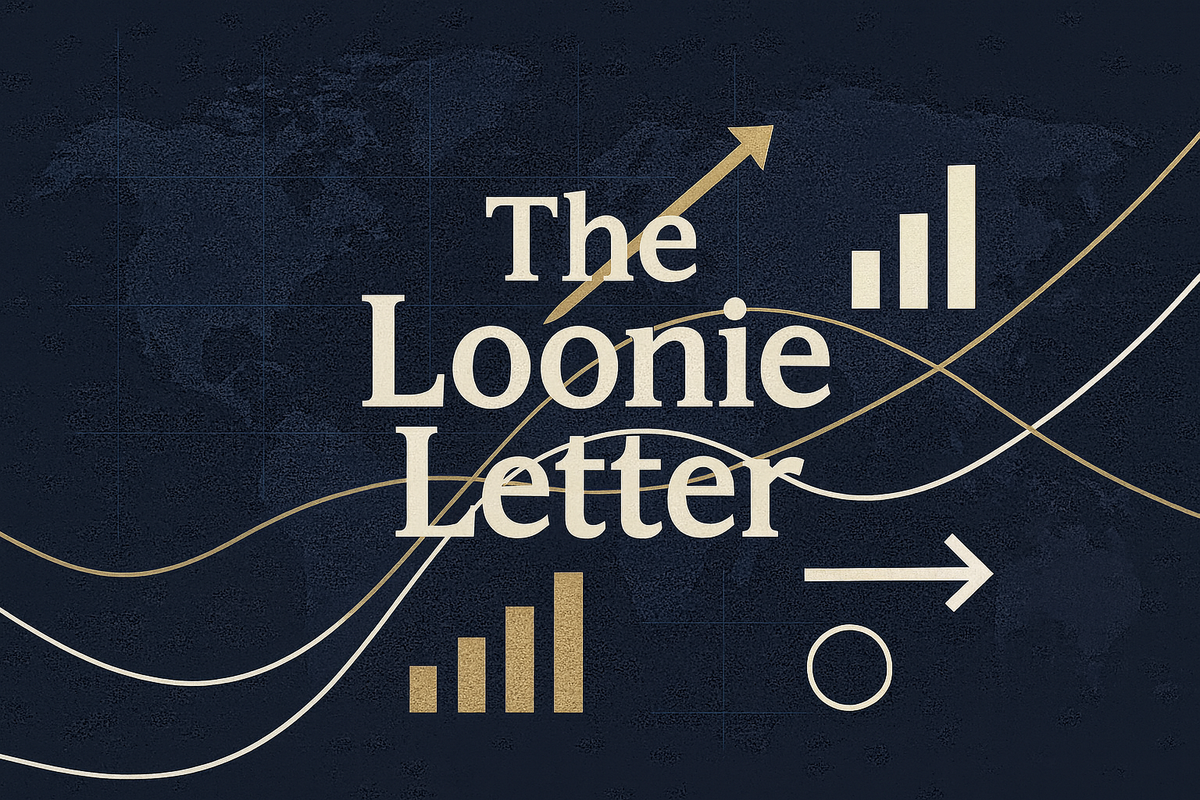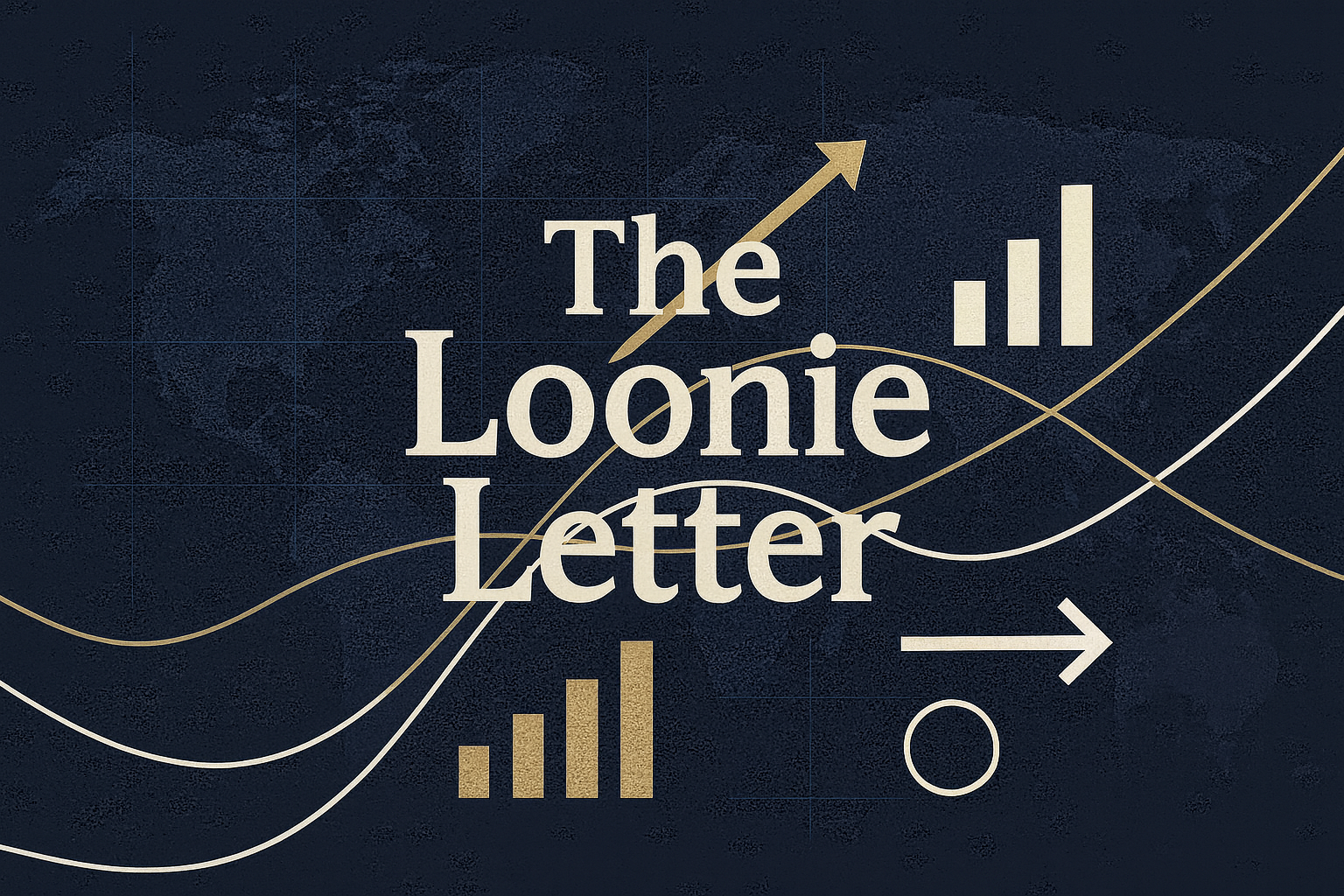Chips, Curves and Checkered Flags

As of 2025-10-03, markets are leaning into an AI-led equity rally, parsing yield-curve shifts after fresh labor data, weighing a U.S. shutdown, and identifying travel tailwinds from Formula 1. Here’s what matters for portfolios now.
Tech stocks driving the rally — snapshot, drivers, watchlist
China’s AI leaders have surged YTD—Alibaba >120%, SMIC ≈180%, and Baidu/Tencent/Xiaomi ~60%—with gains linked to AI optimism rather than policy alone (NYTimes). Chipmakers added about $200 billion in market value in the latest upswing, underscoring semis’ central role (Economictimes). Headlines on AI tie-ups (OpenAI partnerships, Hitachi–OpenAI, Fujitsu–Nvidia) and an OpenAI share sale near a $500 billion valuation kept demand broad-based across regions (SWI). Flows favor core AI stack exposures—cloud, accelerators, software and major China platforms deploying open-source models (NYTimes). Key risks: stretched multiples, policy/geopolitical swings in China, and macro/liquidity impulses that can undercut risk appetite; monitor earnings delivery, regulatory shifts and central-bank guidance (Economictimes; NYTimes; SWI).
Intel — critical price levels and what to watch
Momentum has refocused attention on clean technical guardrails: resistance at $42 and $50, with supports at $30 and $26; a decisive break/hold above $50 would improve odds of trend extension, while a move below $26 would signal deeper correction risk (Investopedia). Intraday pivots cluster in the low $20s–$24 area, a first line of defense if momentum fades (Barchart). The setup is supported by a “golden cross” and strong trend readings (RSI/ADX), but overbought conditions raise pullback risk—watch volume on any push through $42/$50 (Investopedia). Expect volatility around rumor-driven headlines (e.g., foundry customer chatter, analyst actions); a recent Deutsche Bank target cut triggered a pullback, illustrating sensitivity to sell-side catalysts (FXLeaders). Strategic investment narratives offer a longer-horizon backdrop but do not replace near-term risk controls (WallStreetPit).
Markets shrug off U.S. shutdown — stocks climb, havens firm
Global equities advanced despite the U.S. government shutdown, helped by easing rate fears after softer private-payrolls data; European benchmarks notched records and U.S. futures were positive (ReutersReuters). Strategists advised looking past typical short shutdowns, but warned that a prolonged impasse—especially if it delays key economic releases—could lift volatility and cloud policy visibility; sectors reliant on federal funding (e.g., defense, life sciences contractors) remain most exposed (CNN).
Yield curve and dollar — ADP shock narrows the curve
Following the ADP private-payrolls release, traders marked front-end rates higher, flattening the U.S. curve and firming the Dollar Index (CNBCInvesting; Investing). The U.S.–Germany 10‑year spread remains a key driver of EUR/USD—widening in favor of Treasuries typically pressures the euro—highlighting the FX transmission from rate repricing (MacroMicro). Portfolio implications: flattening is a headwind to long duration, supportive for bank NIMs, and a firmer dollar can weigh on commodities, EM FX and multinationals’ translated revenues.
F1 boosts global tourism — what investors should watch
Formula 1 weekends increasingly anchor multi-destination travel, shifting spend across airlines, hotels and regional leisure markets. Recent data show a meaningful share of race attendees extend trips across Asia during Singapore’s Grand Prix week, benefiting host and nearby destinations (CNBC). With F1’s expanding calendar and on‑site audiences in the millions, hospitality and travel demand are scaling alongside media and sponsorship growth (TheConversation). For investors, focus on premium hospitality assets in key race markets, transport infrastructure beneficiaries, and digital travel platforms monetizing premium experiences—while hedging exposure to discretionary‑travel slowdowns and localized event disruptions (CNBC; TheConversation).
Bottom line
across equities, rates, FX and travel, positioning around credible catalysts—AI adoption, data‑driven shifts in rate expectations, policy risk, and event‑led demand—remains key. Near term, prioritize confirmation: in tech, watch earnings and capex guidance; in rates/FX, track the curve, DXY and the U.S.–Germany spread; in single names like Intel, trade the levels with discipline; and in travel/leisure, target assets with pricing power around predictable event calendars. Stay nimble as macro headlines can quickly rerate sentiment.

